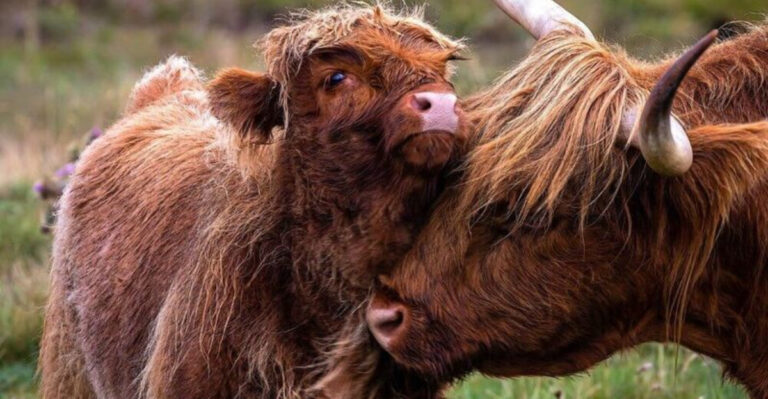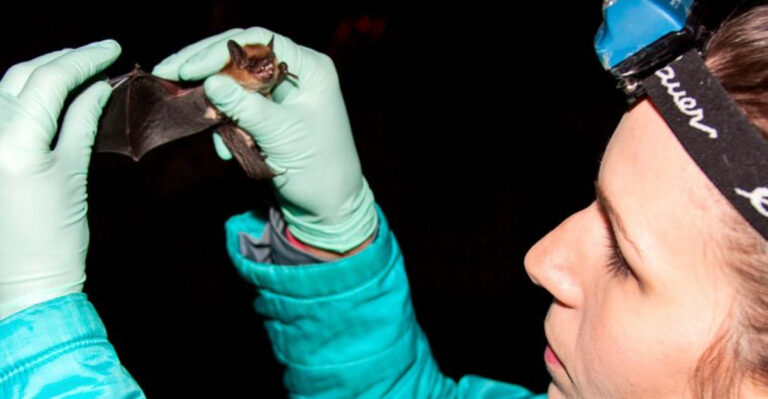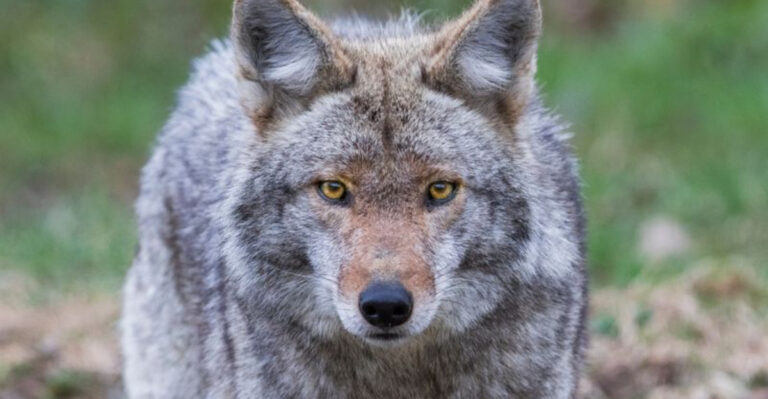The 12 Different Snakes In California (9 Are Venomous!)
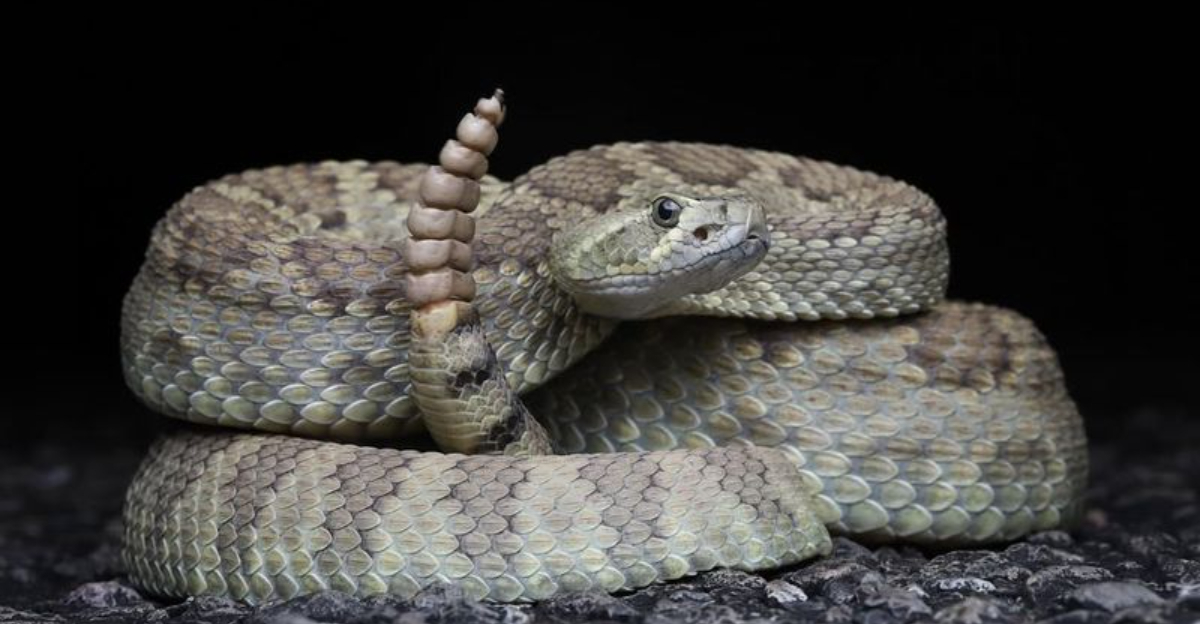
California is home to a diverse range of snake species, each with unique characteristics and adaptations that make them fascinating creatures of study. From the harmless to the venomous, each snake plays a crucial role in the ecosystem.
This article explores different snake species found across the varied landscapes of California, highlighting their distinctive features and behaviors. Whether you’re a resident, a hiker, or just curious about wildlife, understanding these snakes can enhance your appreciation of the natural world around you.
1. Pacific Gopher Snake
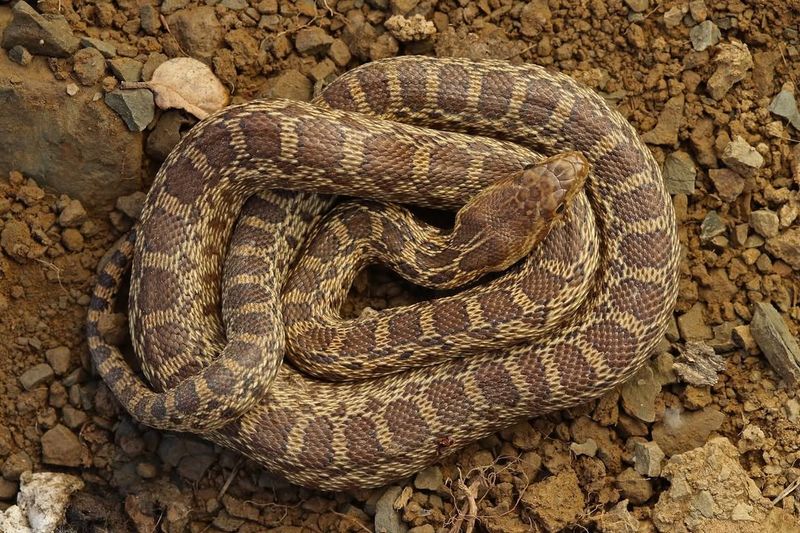
The Pacific Gopher Snake, often mistaken for a rattlesnake, is non-venomous and impressive in size. This snake, which can grow up to seven feet, has a length characterized by dark blotches on its back. Its earthy colors help it blend with the Californian landscape.
Gopher snakes are known for their ability to mimic rattlesnakes, a behavior that deters predators. They create a loud hissing noise and flatten their heads to resemble their venomous counterparts.
These snakes are often found in a variety of habitats, from grasslands to deserts, making them adaptable survivors.
2. California Kingsnake
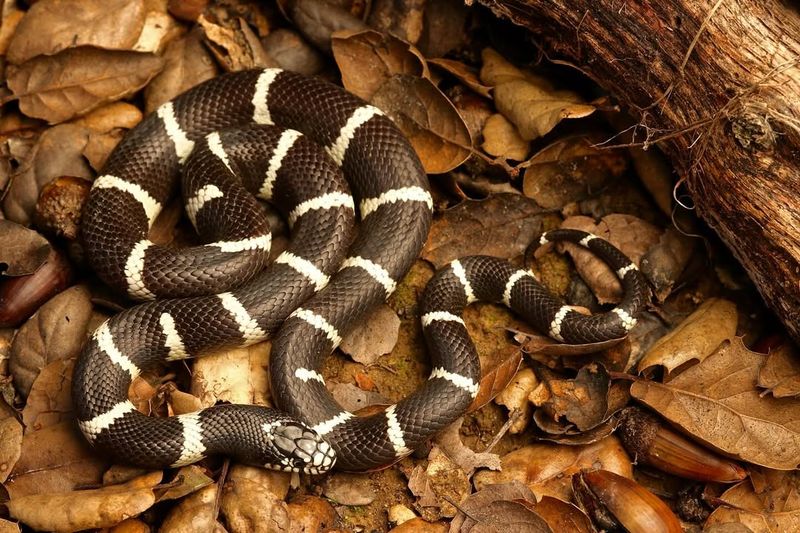
Known for its striking black and white banding, the California Kingsnake is a common sight in diverse habitats. Its beauty, combined with a gentle nature, makes it a favorite among snake enthusiasts.
This species can reach up to six feet in length and is renowned for its immunity to rattlesnake venom. It often preys on other snakes, including venomous ones.
Kingsnakes are adaptable, thriving in forests, deserts, and even suburban areas. Their varied diet and hunting prowess make them successful predators in the Californian ecosystem.
3. Ring-Necked Snake
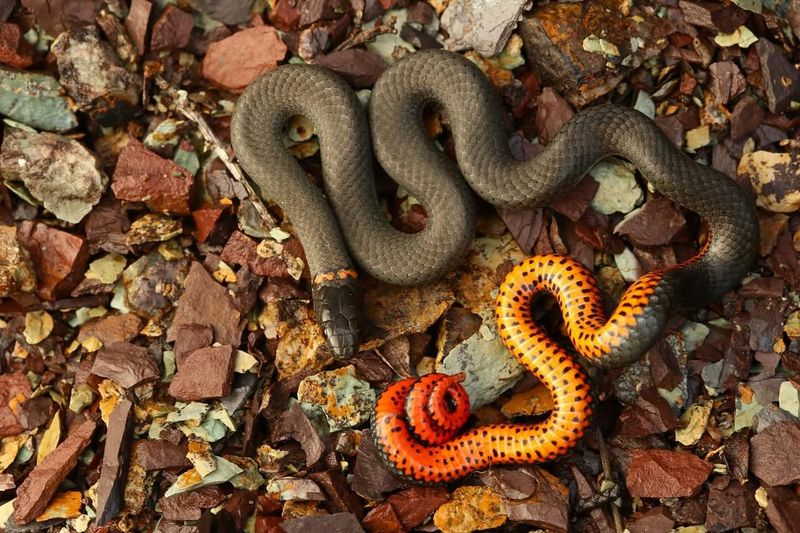
The Ring-Necked Snake is a small, secretive species, rarely seen due to its nocturnal habits. It’s easily identified by the bright orange ring around its neck, contrasting its smooth gray body.
These snakes prefer moist environments, often hiding under rocks and logs in forests. Despite their size, they are efficient predators, feeding on small amphibians and invertebrates.
Their mild venom is harmless to humans but effective on their prey, aiding in their success as hunters in their specialized habitats.
4. Western Rattlesnake (Northern Pacific Rattlesnake)
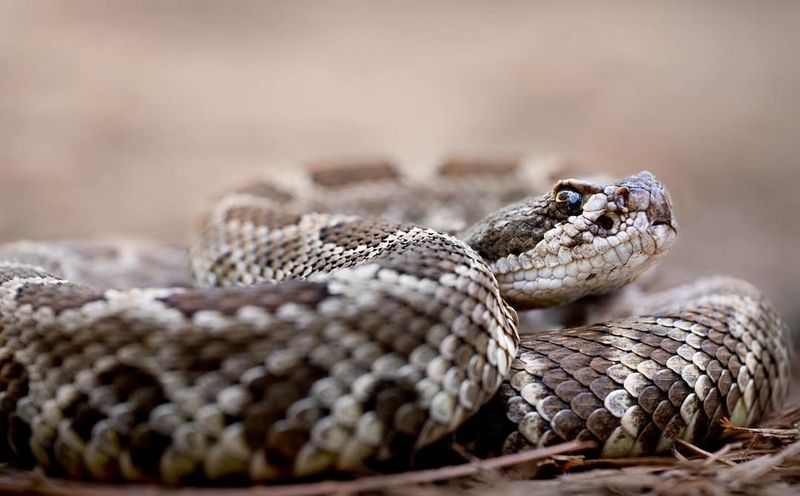
The Western Rattlesnake, or Northern Pacific Rattlesnake, is a venomous species found in varied Californian terrains. Recognizable by its rattle and triangular head, it is adept at warning intruders.
These snakes are typically two to five feet long and inhabit grasslands, forests, and coastal areas. Their coloration allows them to blend with the environment, an advantage for both hunting and defense.
While their bite is venomous, they prefer to avoid confrontation, using their rattle as a first line of defense to signal danger.
5. Red Diamond Rattlesnake
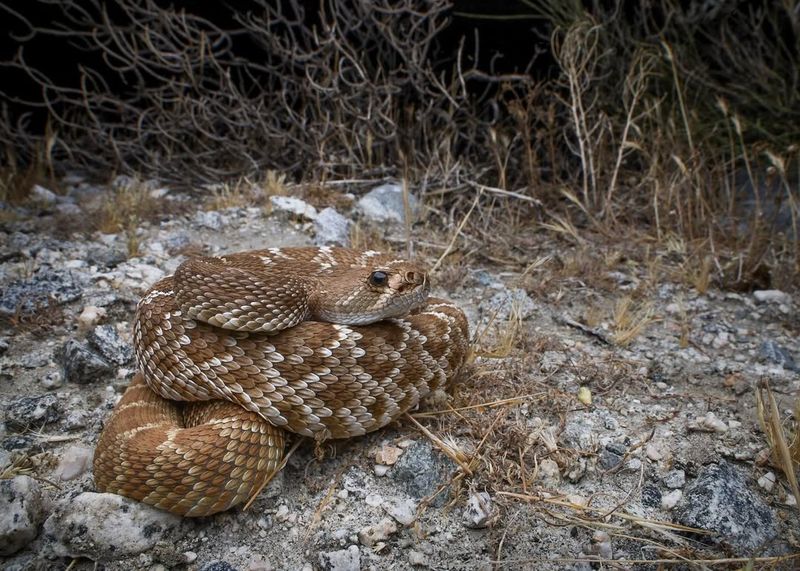
The Red Diamond Rattlesnake, named for its distinctive red diamond pattern, is native to the arid regions of Southern California. Its striking coloration not only warns predators but also helps in camouflage.
This snake can grow over four feet and is known for its relatively mild temperament compared to other rattlesnakes. Its venom, though potent, is less dangerous than that of its cousins.
Red Diamonds favor rocky outcrops and desert scrub, where they hunt small mammals and birds, contributing to the balance of their ecosystems.
6. Southwestern Speckled Rattlesnake

The Southwestern Speckled Rattlesnake is an expert in camouflage, blending perfectly with its rocky desert surroundings. Its speckled pattern provides excellent concealment against predators and prey.
This species is typically two to three feet long and is found in desert mountains and rocky areas. Its venom is potent, making it a formidable predator.
Despite its fearsome reputation, this rattlesnake is generally shy and prefers to retreat rather than confront threats, using its rattle as a warning.
7. Mojave Rattlesnake
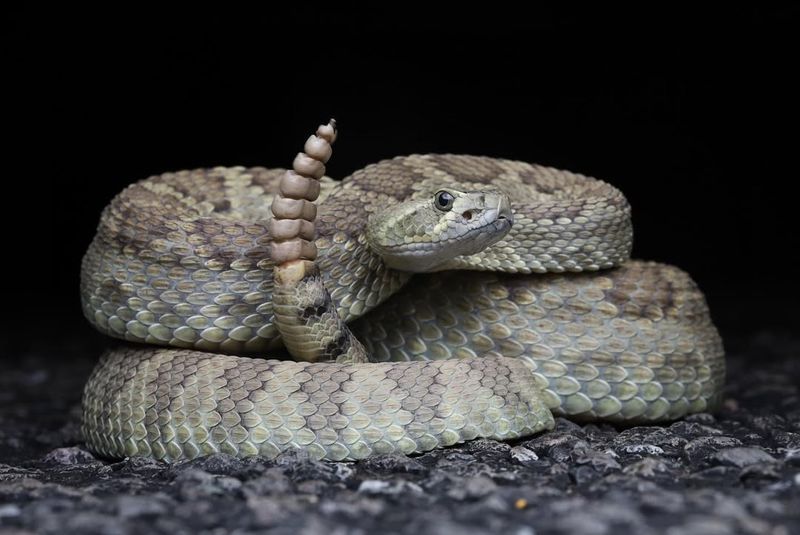
The Mojave Rattlesnake, notorious for its potent venom, is a species to be approached with caution. Its distinct greenish hue and patterned scales make it a unique sight in the desert.
Typically found in arid environments, this snake can reach lengths of three to four feet. It is an adept hunter, preying on small mammals, birds, and lizards.
Although dangerous, the Mojave Rattlesnake plays a crucial role in controlling rodent populations, thus maintaining ecological balance in its desert habitat.
8. Panamint Rattlesnake
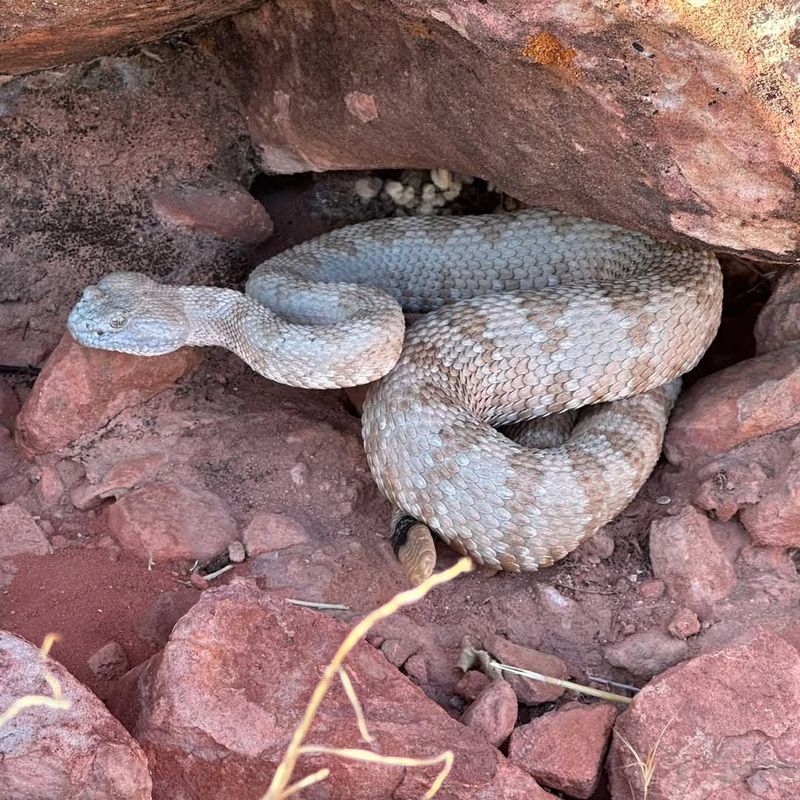
The Panamint Rattlesnake is a desert dweller, perfectly adapted to the harsh environments of the Californian deserts. Its banded pattern provides effective camouflage among rocks and sandy soil.
Growing up to four feet, this snake is a skilled predator, relying on its stealth and venom to capture prey. It feeds on small animals, contributing to the ecosystem’s health.
These rattlesnakes are generally reclusive, preferring to avoid human contact and using their distinctive rattling sound as a deterrent when threatened.
9. Diamondback Rattlesnake
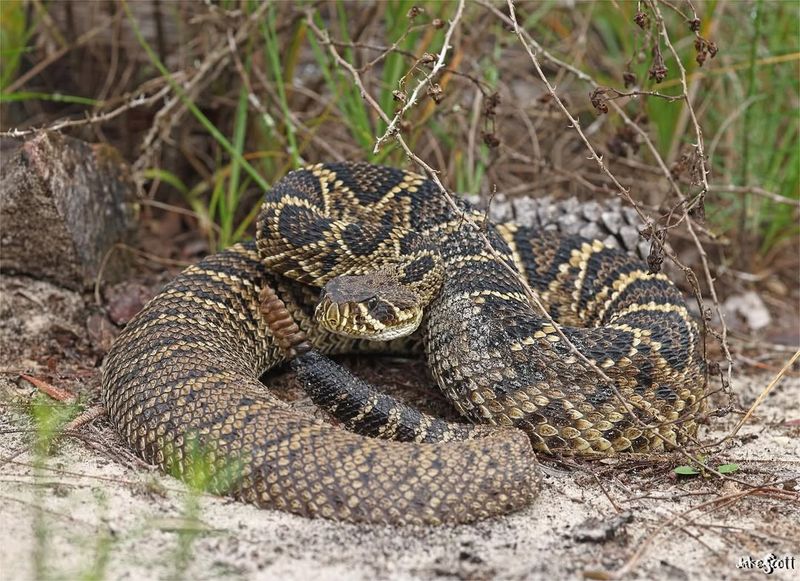
The Diamondback Rattlesnake, often spotted in the dry landscapes of California, is recognized by its bold diamond-shaped markings. Its size and striking appearance make it a notable species in the region.
This rattlesnake can grow up to six feet, and its venomous bite is legendary. Despite this, it plays an important role in controlling pest populations.
Diamondbacks are usually found in deserts and arid regions, where their coloration helps them blend into the surroundings, both for hunting and avoiding predators.
10. Sidewinder
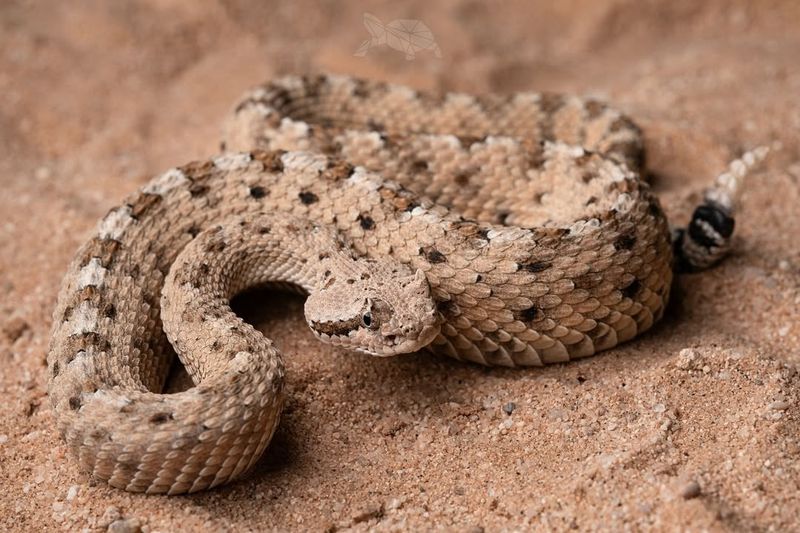
The Sidewinder, named for its unique method of locomotion, is a fascinating inhabitant of the Californian deserts. Its sideways movement leaves distinctive J-shaped tracks in the sand.
This small rattlesnake, typically two feet long, is well-adapted to hot, dry environments. Its horn-like scales above the eyes help protect it from sand and sun.
The Sidewinder’s venom is potent but not often dangerous to humans. It preys on small animals, using its speed and agility to hunt effectively in its desert habitat.
11. Southern Pacific Rattlesnake
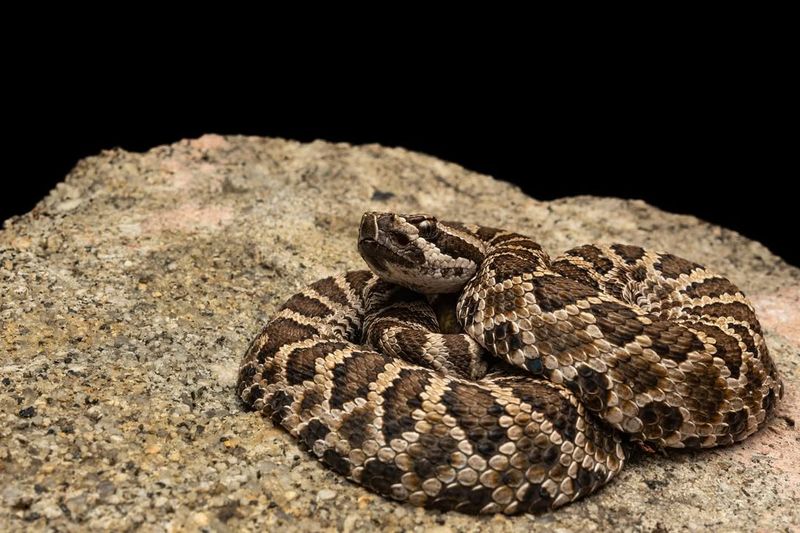
The Southern Pacific Rattlesnake is a versatile species, found in diverse habitats across Southern California. Its dark, intricate pattern provides excellent camouflage in forested areas.
These snakes can grow up to five feet and are known for their potent venom. They play a significant role in ecosystems by keeping prey populations in check.
While their bite is dangerous, they pose little threat if left undisturbed. Their rattle serves as a clear warning to potential threats, encouraging a respectful distance.
12. Great Basin Rattlesnake
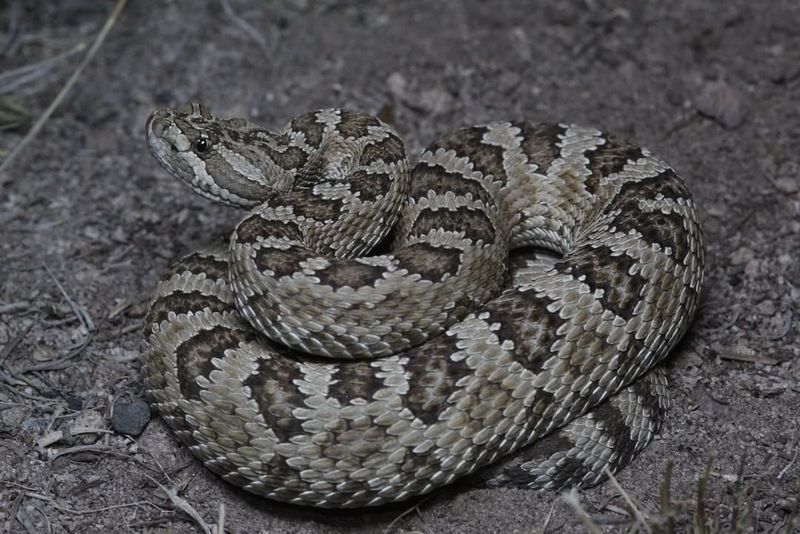
The Great Basin Rattlesnake is a high-elevation species, thriving in the mountainous terrains of California. Its coloration and pattern make it nearly invisible among the rocks and brush.
Reaching lengths of up to four feet, this rattlesnake is an efficient hunter, using its venom to subdue prey. It primarily feeds on small mammals and birds, contributing to the ecological balance.
Though venomous, Great Basin Rattlesnakes are reclusive and prefer to avoid encounters with humans, using their rattle as a deterrent when necessary.

